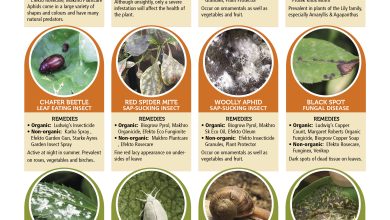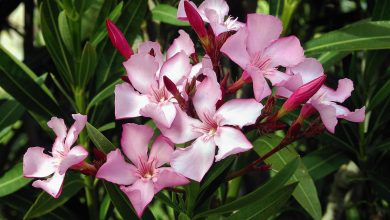Forest Fruits or Berries: [Examples + Images]
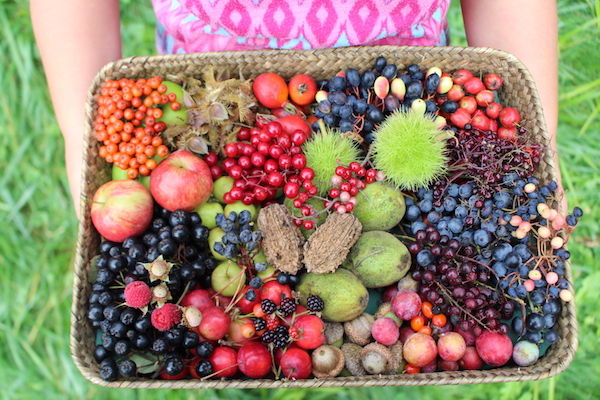
What am I going to learn in this article? This article shows you an extensive list of forest berries (or forest fruits) that you can grow in your garden or orchard to enjoy their consumption.
Forest fruits (or berries) and sweets are highly perishable and are often considered a luxury item in greengrocers and supermarkets.
For this reason, it is extremely interesting to grow forest fruits in the garden or orchard of your house to obtain a delicious summer treat full of vitamins, fiber and antioxidants.
Forest fruits or berries, when they are not toxic, are usually tremendously nutritious.
Caution: Some forest fruits or berries are poisonous.
If you are hiking and see a forest fruit, do not eat it unless you do not know what variety it is. Do your research before eating any berries you don’t know about, as some are toxic.
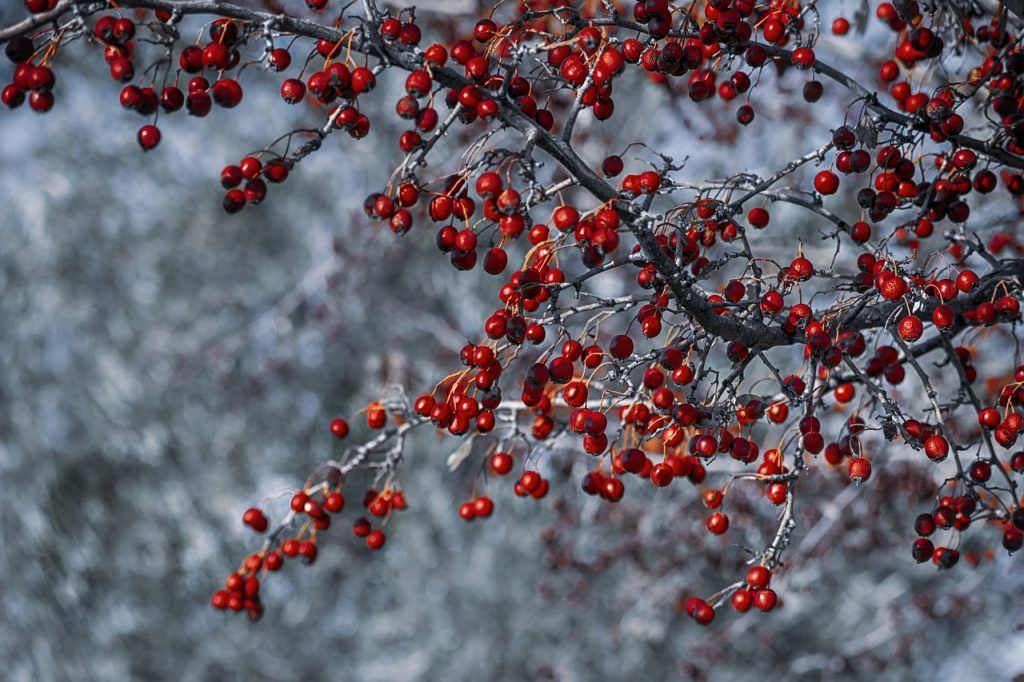
Delicious examples of forest fruits or berries
When classifying fruits in the berry family, classification can be somewhat difficult.
Doubts may arise such as: Are bananas berries? And the strawberries?
If we look at the definition made by botany, a berry or fruit of the forest is:
«A fleshy stoneless fruit produced from a single flower containing an ovary.» – Source: Wikipedia
So technically speaking, grapes, eggplants, and even bananas are classified as berries. Whereas what are normally considered berries, such as strawberries and raspberries, do not fit the definition.
This is because they develop from a single flower with more than one ovary. And this makes them an added fruit.
But generally, most of us think of a berry as any small, brightly colored, edible fruit with no pit or seed.
Let’s go with our favorite forest fruits
BLUEBERRY
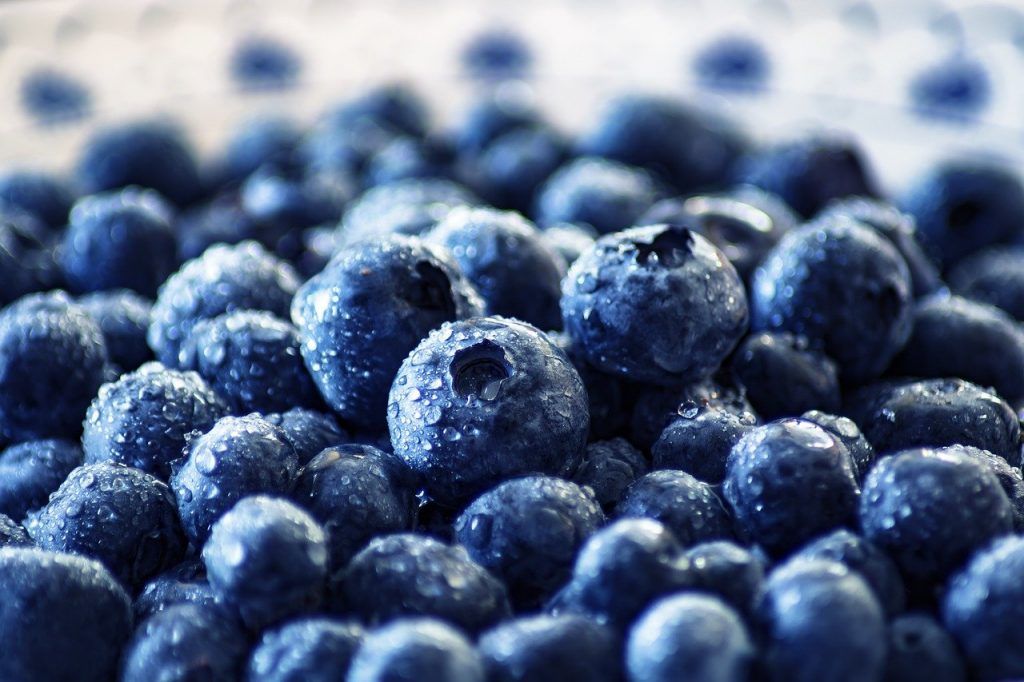
- Scientific name: Cyanococcus
- Taste: sweet, floral, sometimes sour
- Health Benefits: Blueberries are packed with heart-healthy potassium, folate, fiber, and vitamin C. Like strawberries, blueberries are packed with memory-boosting antioxidants and anti-inflammatory properties. Studies show that they could also delay cognitive aging, thanks to their high levels of flavonoids.
Sweet and juicy, blueberries are used to eat them fresh or in sauces and baked goods.
Unfortunately, blueberries require acidic soil with a pH between 4.5 and 5.5. If you have alkaline soil, you will need to amend it or grow your blueberries in pots.
Blueberries are the types of berries with the highest antioxidant content. Like blackberries, blueberries also protect against LDL oxidation.
You may confuse saskatoon berries with blueberries, as they look similar. One way to distinguish one from another is to know that saskatoon berries are softer and more reddish in color.
To know more: Blueberry cultivation.
BLACKBERRY
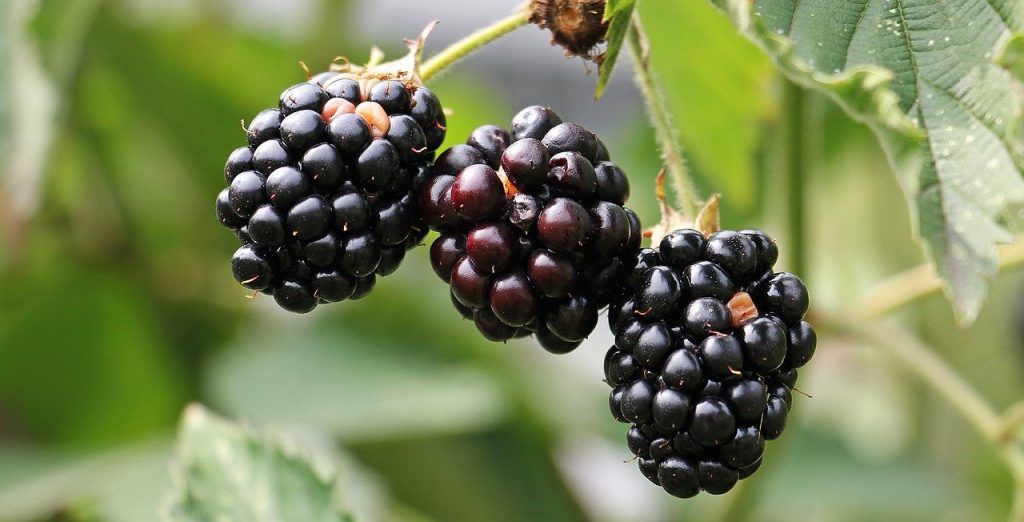
- Scientific name: Rubus
- Taste: sweet and sour, sometimes sour
- Health benefits: One cup of blackberries contains about 2 grams of protein and an impressive 8 grams of fiber. Each serving contains half the daily recommended amount of vitamin C, as well as brain-boosting antioxidants and polyphenols.
The black mulberry only grows in warm climates, south of zone 7, but is a favorite fruit among southern cooks. In a myth of Píramus and Estebē, the gods dye the berries red after the murder of the lovers under the mulberry tree.
Substitute them for blackberries in cakes and jams.
To know more: Sowing of the mulberry tree.
STRAWBERRY
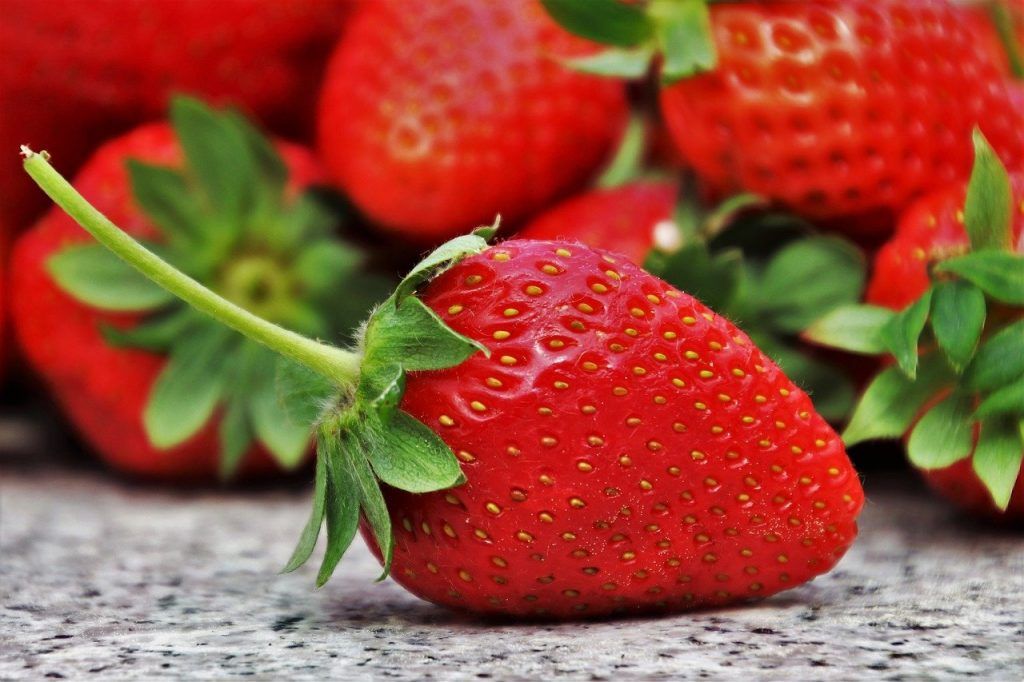
- Scientific name: Fragaria x ananassa.
- Taste: sweet, juicy, slightly acid.
- Health benefits: Provides antioxidant, polyphenolic and anti-inflammatory benefits. Thanks to their abundant flavonoids (natural compounds found in plants that protect the body from everyday toxins), eating strawberries regularly can help slow cognitive decline. Plus, you can eat more than just the berry: The tops of strawberries (i.e., the leaves) have been shown to help relieve gastrointestinal discomfort and joint pain. Try infusing strawberry leaves with water or vinegar, adding them to a smoothie, or steeping them in boiled water to make a tea.
To know more: The cultivation of Strawberries in the Orchard.
BOYSENBERRY
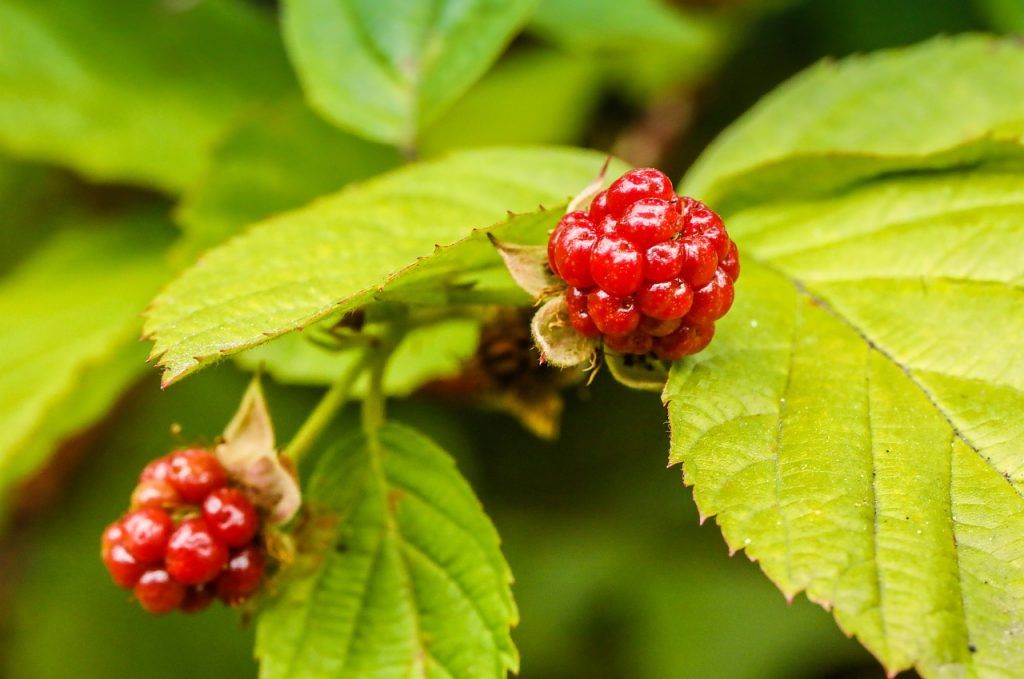
- Scientific name: Rubus ursinus x Rubus idaeus.
- Taste: sweet, spicy, floral.
- Health Benefits: Boysenberries—a cross of raspberry, blackberry, dewberry, and cloudberry—are packed with fiber, vitamins, and minerals. Research shows that they can help lower blood pressure and prevent the absorption of fats in the gastrointestinal tract. High in antioxidants, like other berries, boysenberries can help maintain a healthy brain and protect against cognitive aging, cell damage, and Alzheimer’s.
- Recipes: Cranberry Jelly, Cranberry Pie, Cranberry Cheesecake.
COMMON CRANBERRY
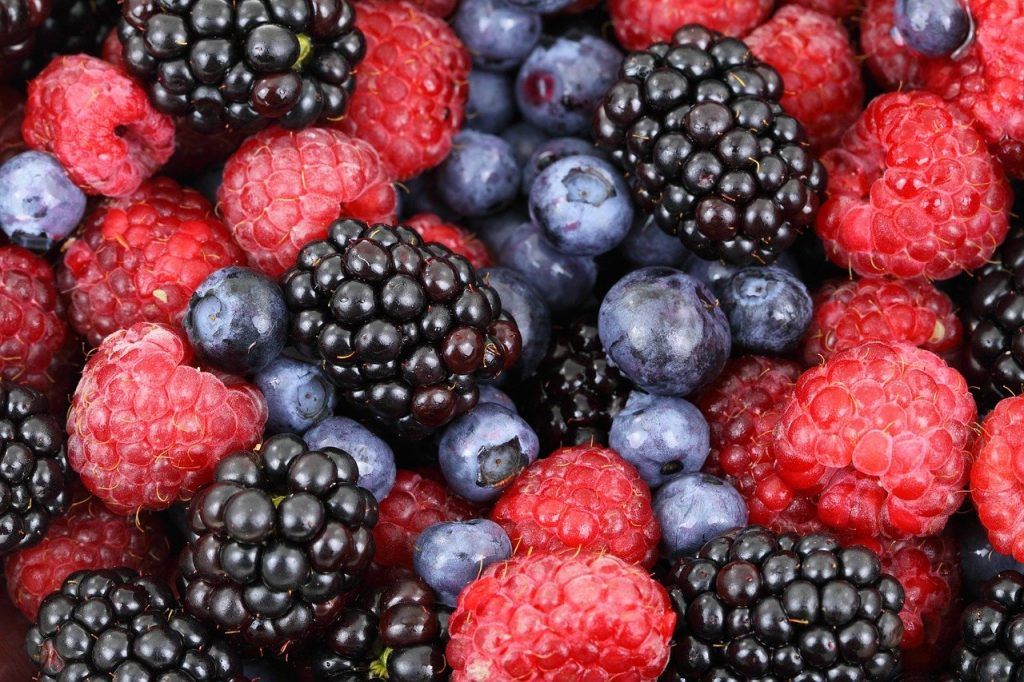
- Scientific name: Vaccinium vitis-idaea.
- Taste: sour, slightly sweet.
- Health Benefits: Like most berries, cranberries are rich in antioxidants, flavonoids, and anti-inflammatory agents. One serving contains 139% of the daily recommendation for manganese, a mineral that helps the body form connective tissue, bones and hormones. Cranberries may also support heart, eye, and intestinal health, maintain healthy blood sugar levels, and support weight management.
SAUCO STRIKE
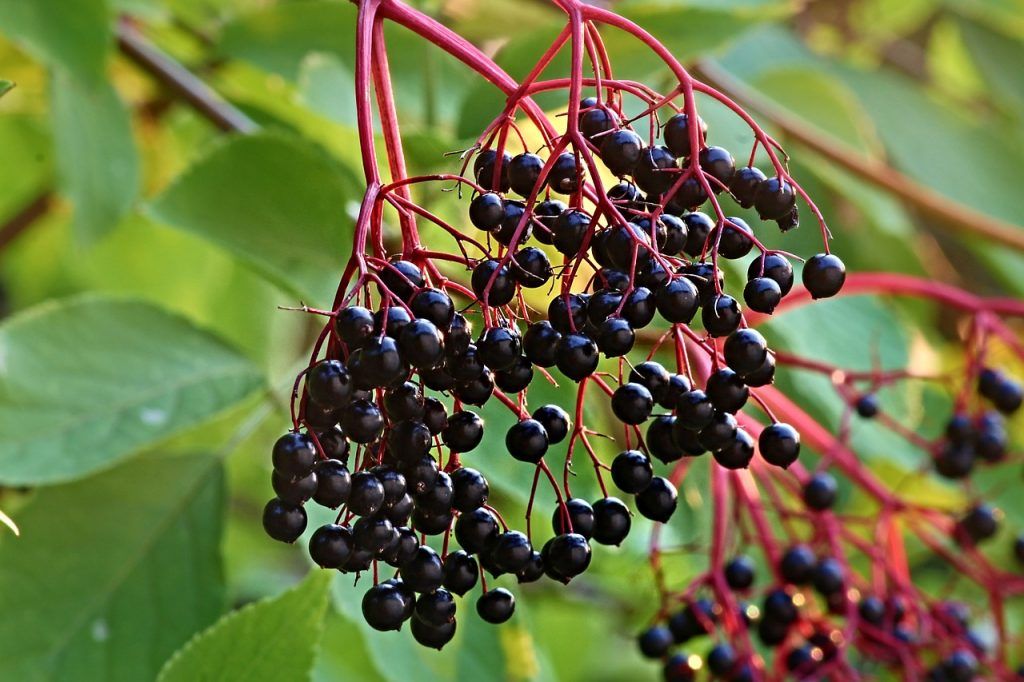
- Scientific name: Sambucus.
- Taste: bittersweet, earthy, bright.
- Health Benefits: Growing on the same tree as elderflowers, elderberries are prized for their immune-enhancing properties. Elderberry syrup, tea, and supplements are supposed to shorten colds and reduce accompanying respiratory symptoms. They’re loaded with antioxidants, vitamins A and C, and minerals like potassium, phosphorous, iron, and copper, so it’s no wonder they’ve been used as medicine for centuries.
- Recipes: Elderberry syrup, elderberry jam, elderberry and almond cake.
CRANBERRY/ CRANBERRY
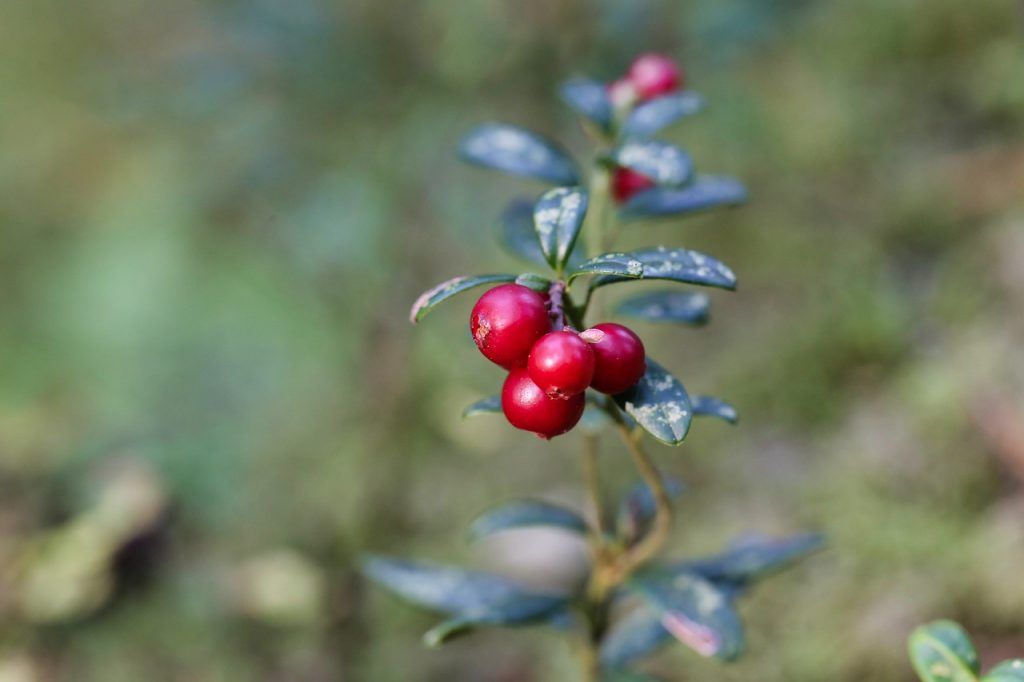
- Scientific name: Vaccinium.
- Taste: sour, bitter, sweet.
- Health Benefits: Cranberries are similar to cranberries in appearance, but contain less sugar and therefore have a more bitter taste. They are rich in fiber, vitamins A, B and C, antioxidants and iron. Cranberries are also known for their ability to lower cholesterol and protect the body against heart disease, varicose veins, glaucoma, and muscle degeneration.
- Recipes: Cranberry Figs, Grilled Salmon with Cranberry Sauce, Cranberry Lemon Tea Cake.
GOJI BERRIES/WOLF BERRY
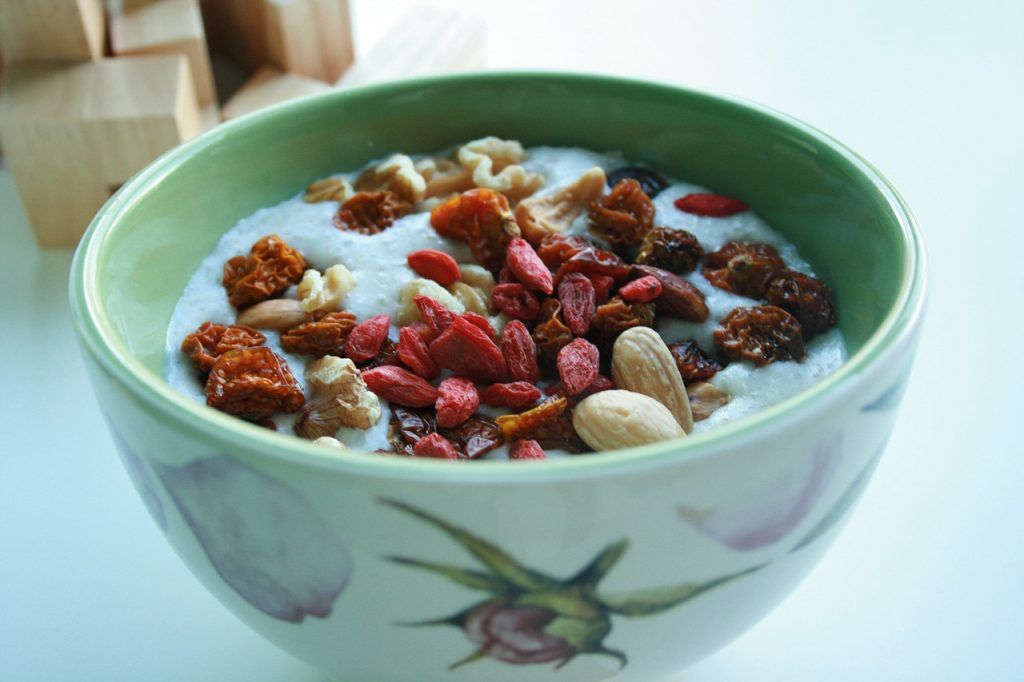
- Scientific name: Lycium barbarum.
- Taste: bittersweet raw; bittersweet and slightly bitter when dry.
- Health Benefits: Originating from Asia, goji berries have been used in traditional Chinese, Korean, Vietnamese, and Japanese medicine since at least the 3rd century. In the US, they are often sold dried and used as a health food, as they contain 19 amino acids. Goji berries also have a ton of iron, zinc, calcium, and antioxidants.
- Recipes: Green Smoothie Bowl, Goji Berry and Seed Granola, Goji Berry Superfood Salad, and Roasted Butternut.
BLACKCURRANT
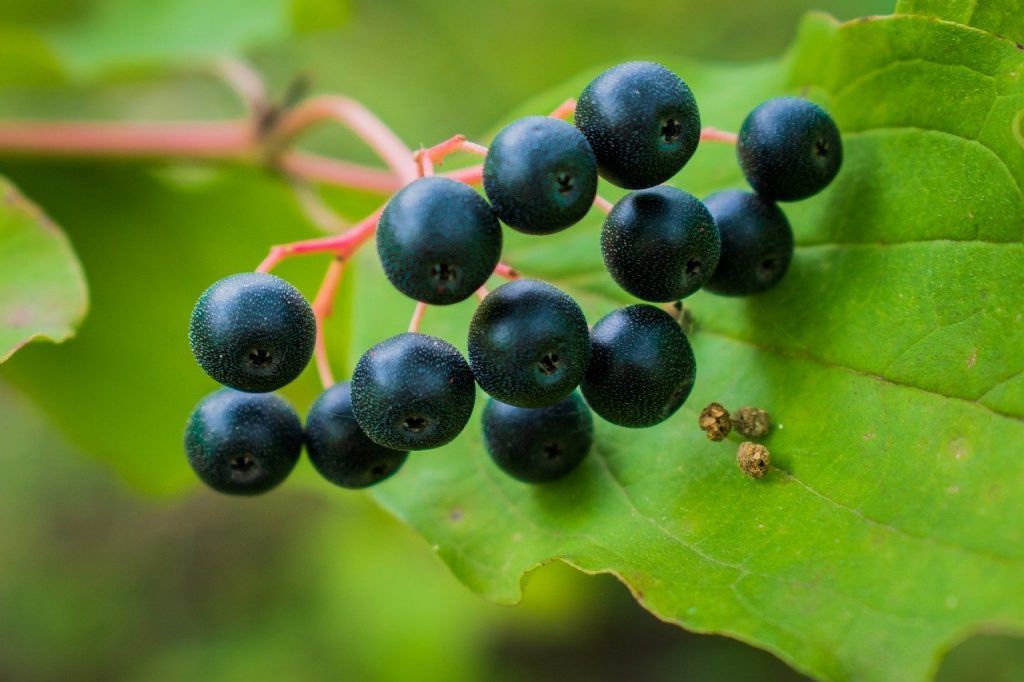
- Scientific name: Ribes nigrum.
- Taste: tart and earthy raw; dry sweet.
- Health Benefits: These berries support kidney function, eye health, and immunity. Black currants also have more anthocyanins than red currants, which are a type of flavonoid that is said to help lower blood pressure, prevent diabetes, improve vision, and reduce the growth of cancer cells, among other things.
- Recipes: Baked Brie Stuffed with Blackcurrants and Walnuts, Simple Blackcurrant Jam, Lemon and Blackcurrant Stripe Tart.
GOSBERA
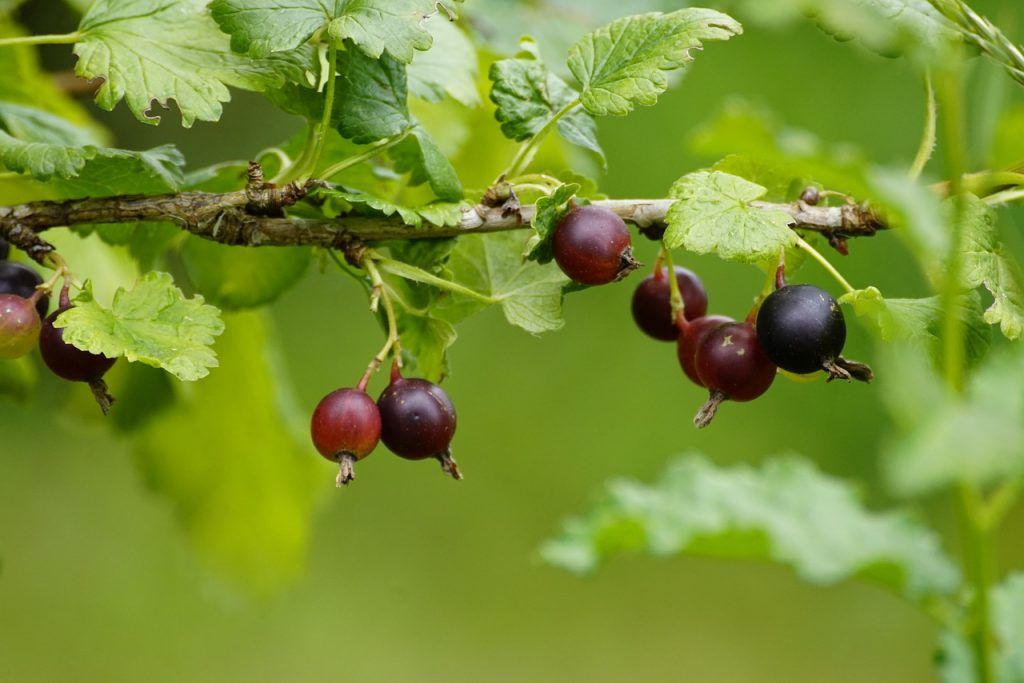
- Scientific name: Ribes uva-crispa.
- Taste: acid, sour, sweet.
- Health benefits: Fiber, vitamins and antioxidants. These are some of the most tart berries you can eat, but their inflammation-fighting phytonutrient content makes them worth a frown. Gooseberries also contain a solid amount of chlorogenic acid, which can help control blood sugar levels, as well as copper, manganese, and potassium. Normally, the darker the currant, the higher its anthocyanin content.
RESISTANT KIWI / KIWI BERRY / SIBERIAN GOOSERY
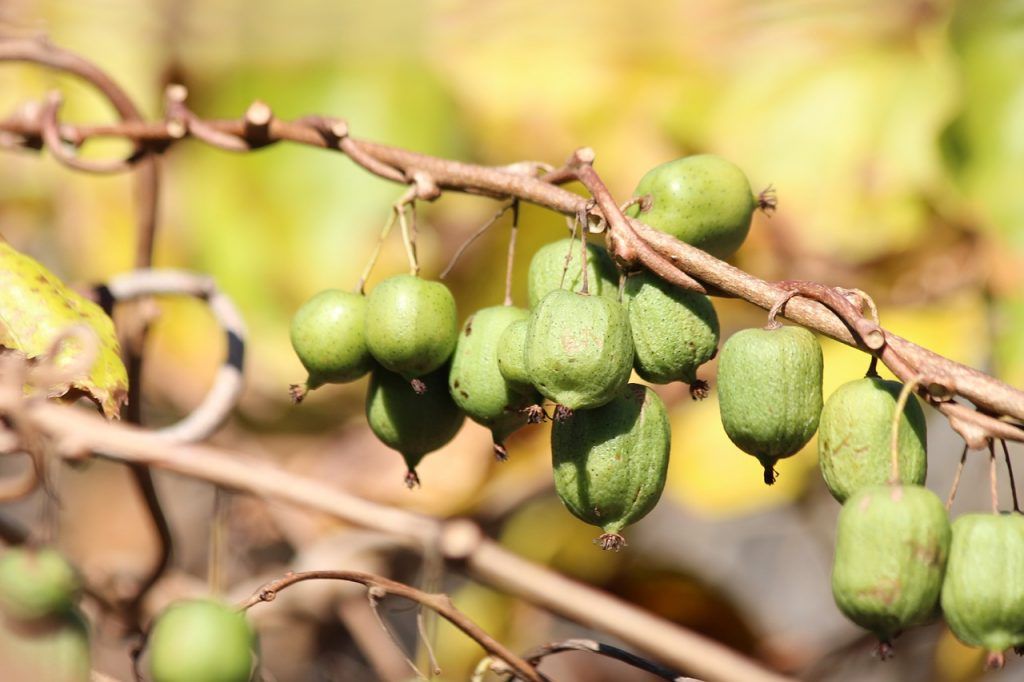
- Scientific name: Actinidia arguta.
- Taste: acid, sweet, aromatic.
- Health Benefits: These berries taste like a kiwi without the fluff, only more complex and tart (though they’re still a solid substitute for regular kiwis in most recipes). Kiwi berries are packed with vitamins, fiber, magnesium, potassium, and antioxidants, like most of the berries on this list. One serving contains 120% of the daily recommended vitamin C, as well as 2 grams of protein and 8 grams of fiber.
- Recipes: Kiwi and Raspberry Salad, Kiwi Martini and Kiwi Yogurt.
To know more: How to grow Kiwis.
CRANBERRY SALMON
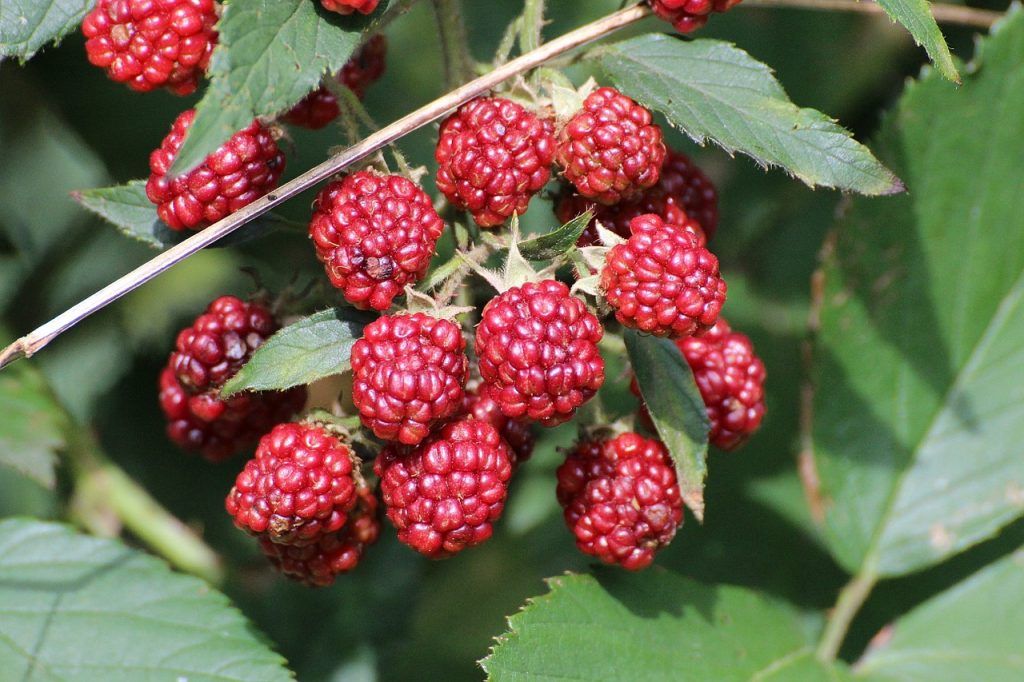
- Scientific name: Rubus spectabilis.
- Taste: floral, sweet.
- Health Benefits: Native to Alaska and Canada, salmon berries look a lot like a yellow or orange raspberry. Like most berries, they’re solid in fiber but low in calories, so they’ll keep you full without weighing you down. They are also rich in polyphenols, making them great for indigestion, cardiovascular health, and fighting diabetes.
- Recipes: Salmon tart, Salmon tart, Salmon jam.
SASKATOON FRUIT OF THE FOREST/JUNE
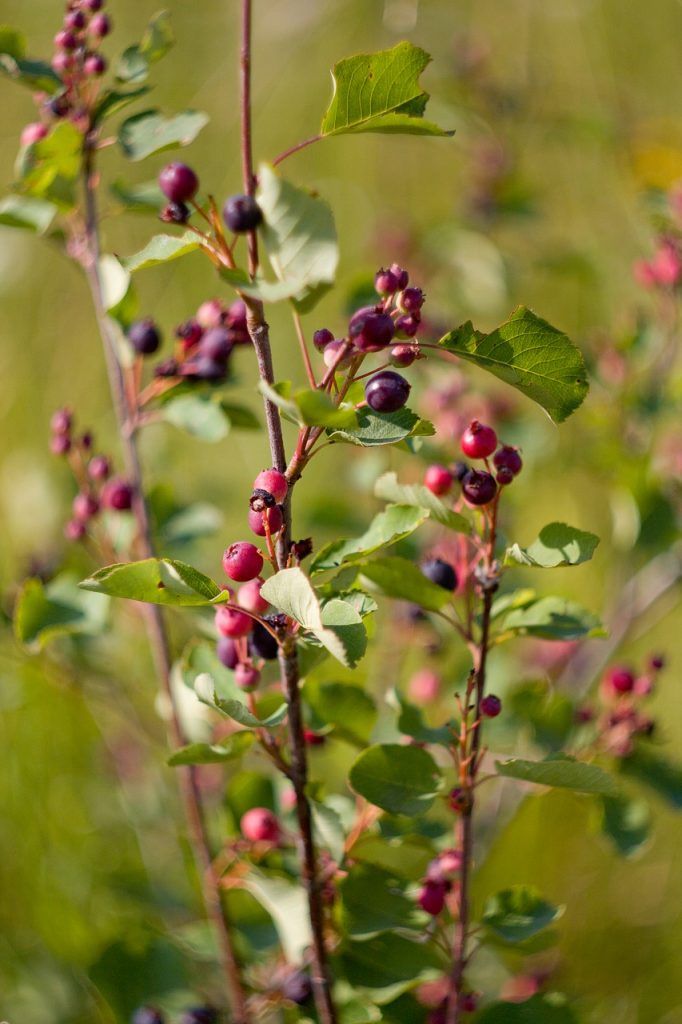
- Scientific name: Amelanchier alnifolia.
- Taste: sweet, nutty, earthy.
- Health Benefits: They look a lot like blueberries, but are softer and redder in color. Native to Alaska, western Canada, and parts of the United States, saskatoon berries are rich in antioxidants and work wonders against inflammation and arthritis. Use them to increase your intake of magnesium, iron, potassium, calcium and copper, among others.
- Recipes: Saskatoon Berry Butter Tarts, Saskatoon Berry Cream Cheese Crumb Tart, Saskatoon Crisp.
CLOUDBERRY
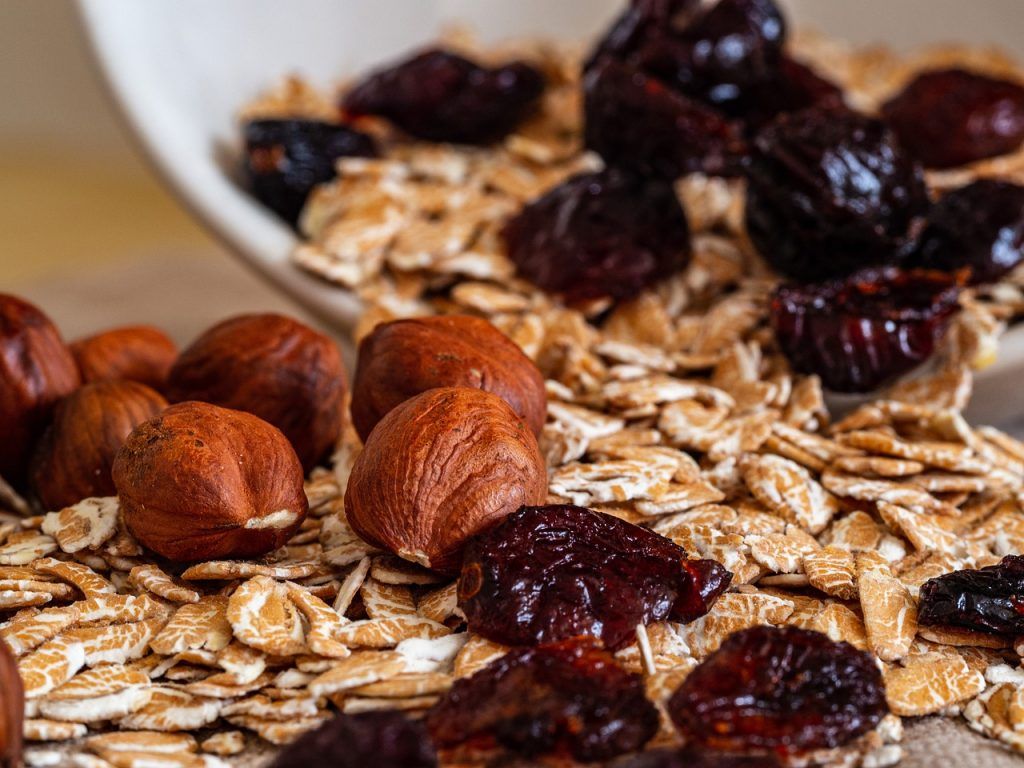
- Scientific name: Rubus chamaemorus.
- Taste: floral, tart, slightly sweet.
- Health Benefits: Whether grown in Maine, Scandinavia, or even in the Arctic Circle, these pretty berries handle the cold like a charm. Thanks to its numerous antioxidants, cloudberries are related to strengthening bones, fighting anemia and detoxifying the body. They are also high in protein compared to other berries, with almost 3 grams per serving.
- Recipes: Cardamom cake with blackberry cream, Oranges with orange sorbet and blackberry jam, Blackberry ice cream.
hoods

- Scientific name: Capparis spinosa.
- Taste: spicy, herbaceous, sharp.
- Health Benefits: Capers are the pickled flower buds of the Mediterranean caper bush. If these sprouts are allowed to grow rather than pickled ahead of time, they will ripen into capers. Capers are rich in antioxidants, iron, calcium and vitamins A, B2 and K. They were used in ancient times as a medicine and aphrodisiac.
- Recipes: Baked Feta with Dill, Caper Berries and Citrus, Pan-Seared Beef, Grilled Bell Pepper and Caper Berries, Sea Bass with Caper Berries, Green Olives and Meyer Lemon.
CHOKEBERRY
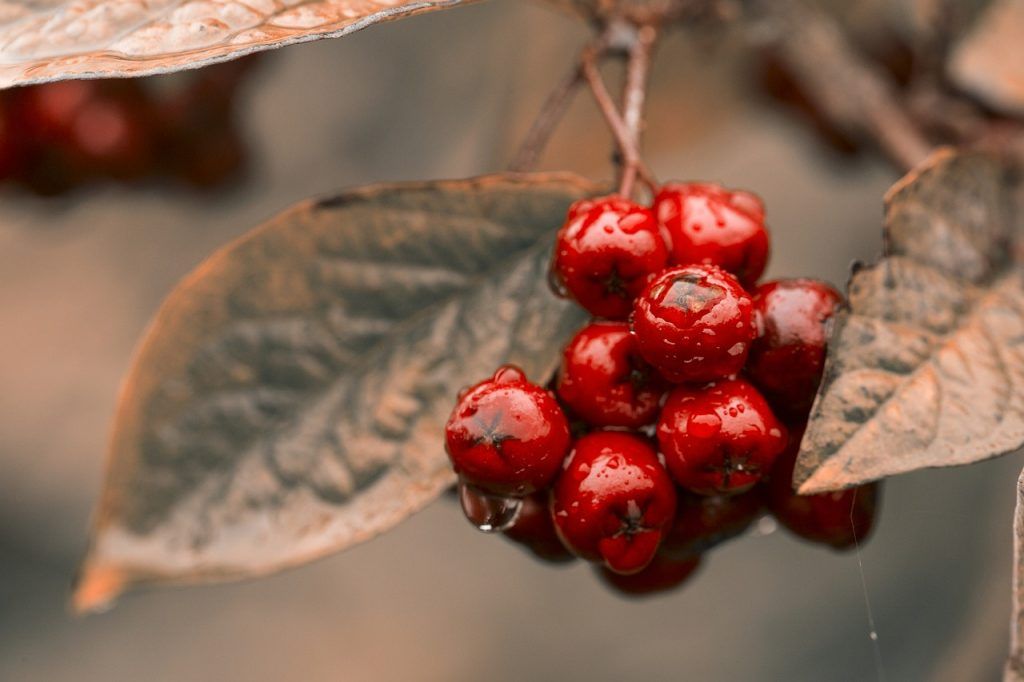
- Scientific name: Aronia.
- Taste: dry, bitter, spicy.
- Health Benefits: Chokeberries are one of the most bitter in existence, thanks to their remarkable tannins. Like a glass of tannic red wine, they will leave your mouth dry. When cooked or baked, they are less intensely bitter. Some studies show that chokeberries are one of the best for cardiovascular health, and their antioxidants help reduce inflammation, blood pressure, and cholesterol.
- Recipes: Aronia Berry Salad with Pumpkin and Brussels Sprouts, Aronia-Açai Sorbet, Aronia Blueberry Tart.
acai berry
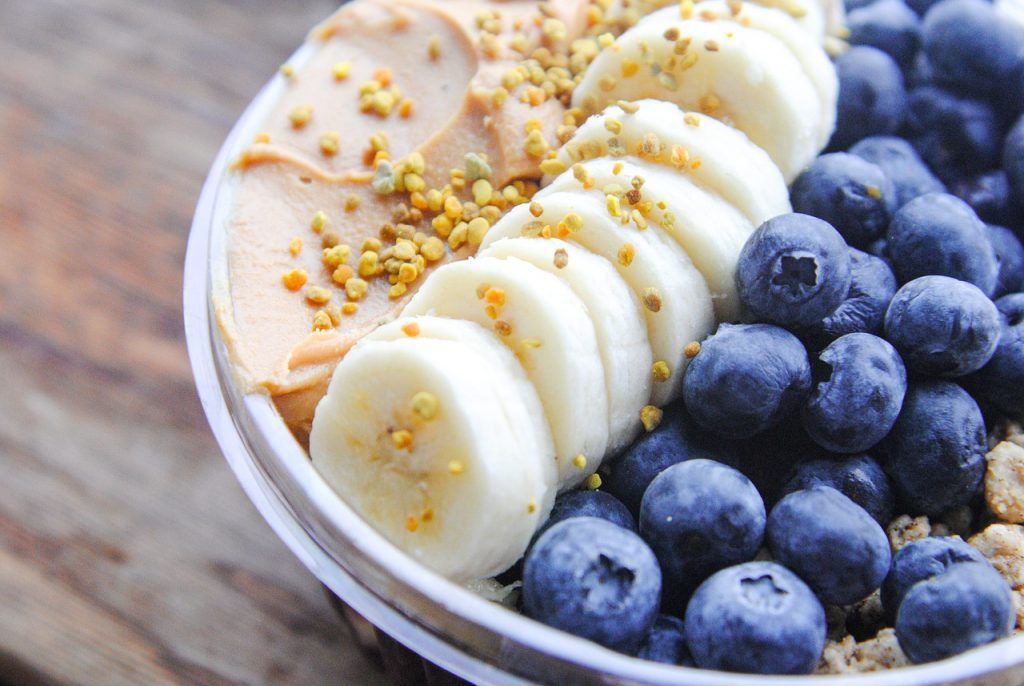
Acai berries have long been lauded as a superfood that is high in fatty acids and antioxidants. This dark purple fruit grows in clusters on palm trees native to the Amazon rainforest of South America.
They are not edible in their whole form, so people often consume them in powder form. The fact that they are difficult to find outside the native region adds to the high prices.
AGARITE BERRY
Originally from Texas. Edible and used to make jelly. It attracts birds and mammals. Also known as agarito, algerita, agritos, Texas gooseberry, wild gooseberry, chaparral berry.
Agarita berries are difficult to harvest because of their spiny, five-pointed leaves. They are very tasty in cakes, pastries and juices.
AMLA
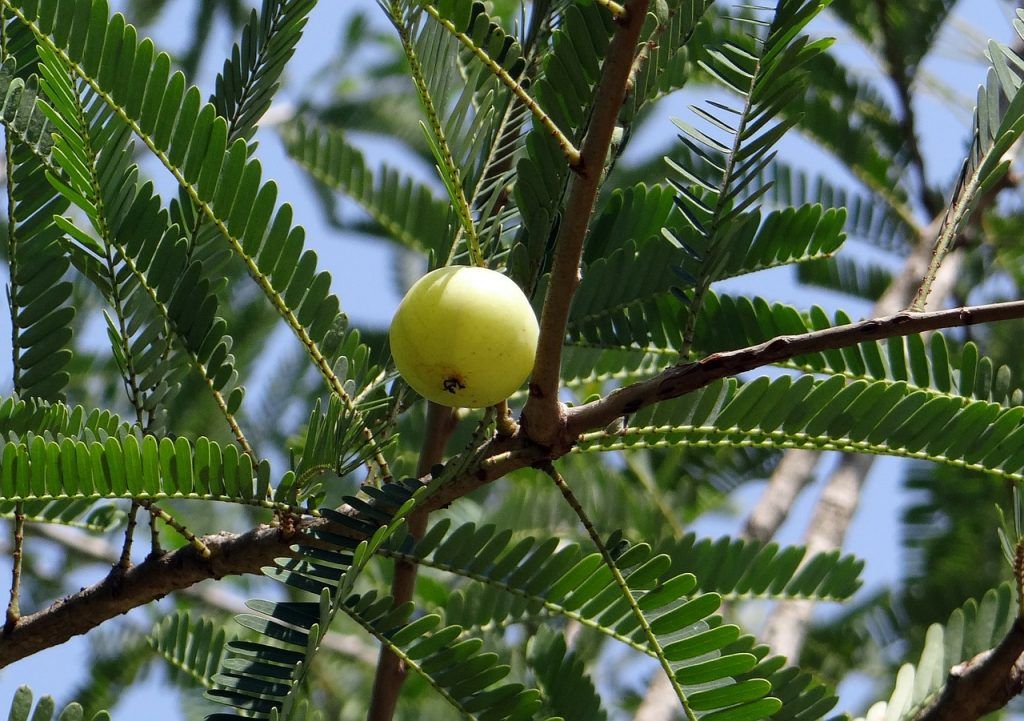
Also known as Amalika or Indian gooseberry. These sour, stringy berries are native to India. They grow on small to medium sized trees and have many health benefits.
Amla is used in Ayurvedic medicine both in powder form and in fresh form and as dried berries. It is rich in vitamin C, flavonoids and ellagic acid.
BARBADOS CHERRY

The Barbados cherry is a small shrub that grows in the Caribbean and parts of Central and South America. It is not cold hardy at all, and suffers damage when temperatures drop below 15ºC.
The fruits are bright red, similar to cherries, very juicy and bittersweet.

![Photo of Types of Bonsai: [According to Size and Shape]](https://www.complete-gardening.com/wp-content/uploads/2022/08/types-of-bonsai-according-to-size-and-shape-390x220.jpg)
